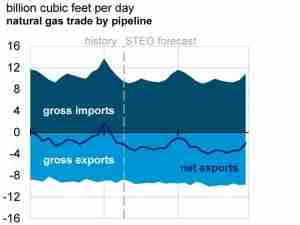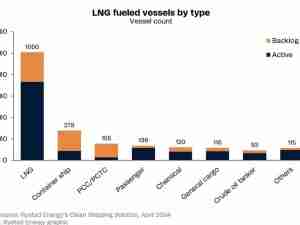Mary Powell became head of the largest U.S. residential-solar company just days after Hurricane Ida rendered New Orleans mostly powerless. Two weeks into her new role at Sunrun Inc., Hurricane Nicholas lashed Texas, causing another batch of outages.
Those kinds of blackout-causing weather events—and others like them, from wildfires to heat waves—have effectively become advertisements for home-electricity products. That has Sunrun forecasting continued growth even as the industry faces new headwinds from trade disputes and rising panel prices.
“We’re dealing with some unfortunate climatic events all over the country that are making customers want to move even quicker to self-generation,” Powell said in her first interview since taking the helm at the San Francisco-based solar company.
Although she steps into her new role at a time when homeowner interest in solar has been surging—Sunrun in early August projected 30% growth this year—she faces other obstacles the solar industry hadn’t been expecting. Among the issues: increasing costs after years of declines as well as detained solar imports amid the Biden administration’s crackdown on alleged labor abuses in China’s Xinjiang region. There’s also a push by some U.S. solar manufacturers to extend tariffs to China-linked factories in Vietnam, Malaysia and Thailand.
Higher costs, fueled by supply-chain disruptions like those nearly every industry is facing, threaten to spook price sensitive would-be customers.
“Just sound-bites around increases in cost of panels isn’t a good thing for consumers, because then they think, ‘Oh, I’ll wait for it to come down,’ even though they don’t even realize it still might be affordable for them,” said Powell, a Sunrun director and a former head of Vermont utility Green Mountain Power who took over as Sunrun’s chief executive officer on Aug. 31.
Still, solar modules make up only a sliver of costs for residential companies—about 13% of total installation costs this year, according to Pol Lezcano, an analyst at BloombergNEF. A bigger expense for these companies: the cost to acquire customers.
“We expect the number of systems we can sell will be constrained only by the speed at which we can hire people to build them,” Powell said in a follow-up email.








